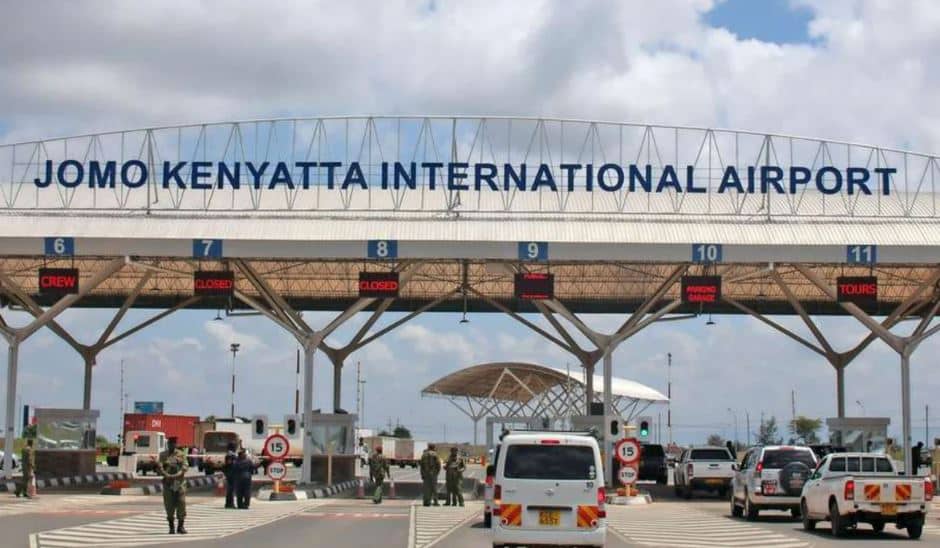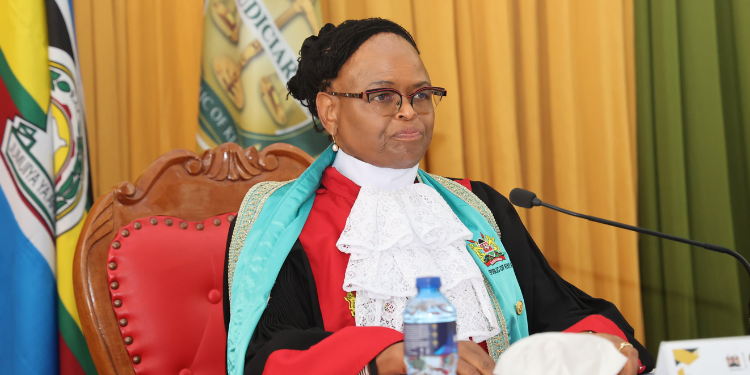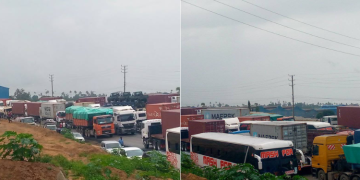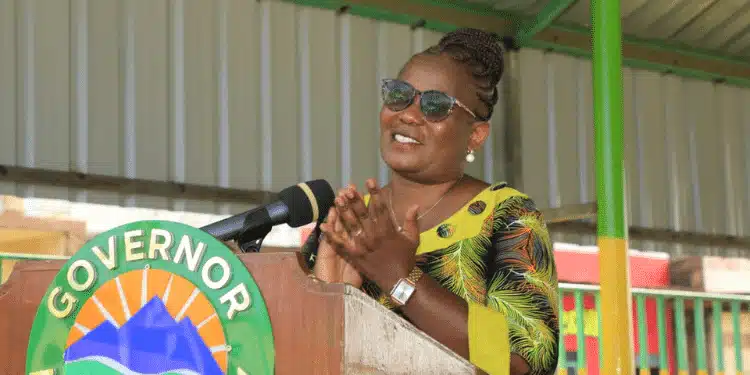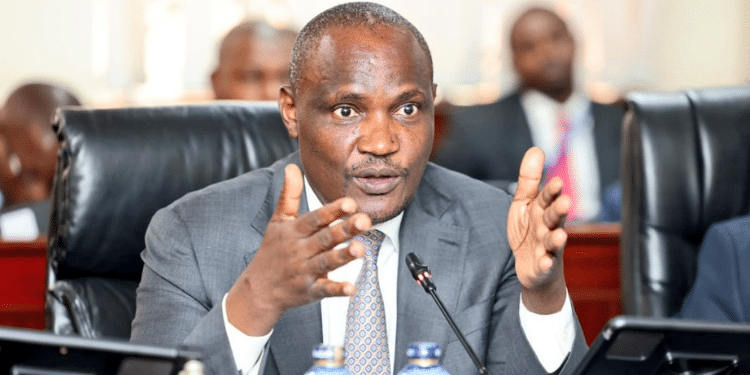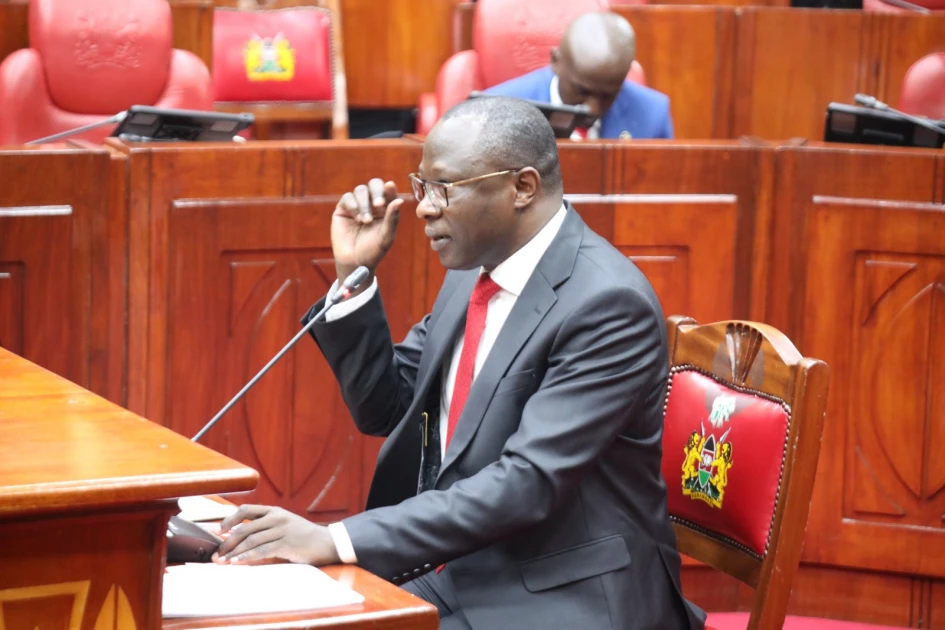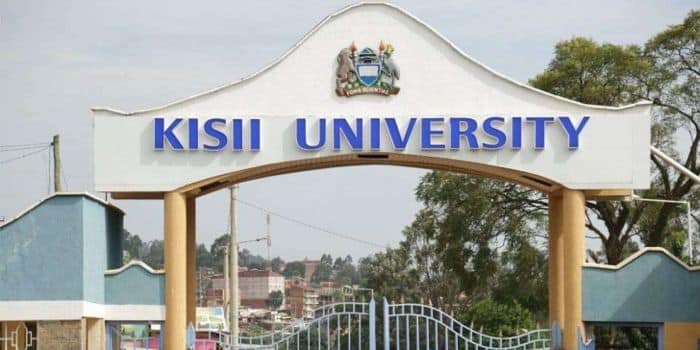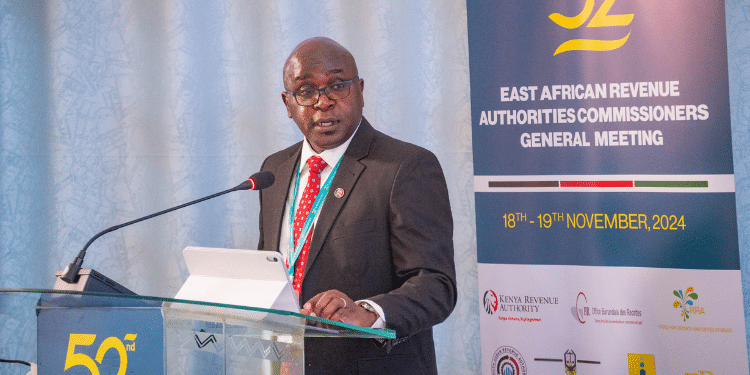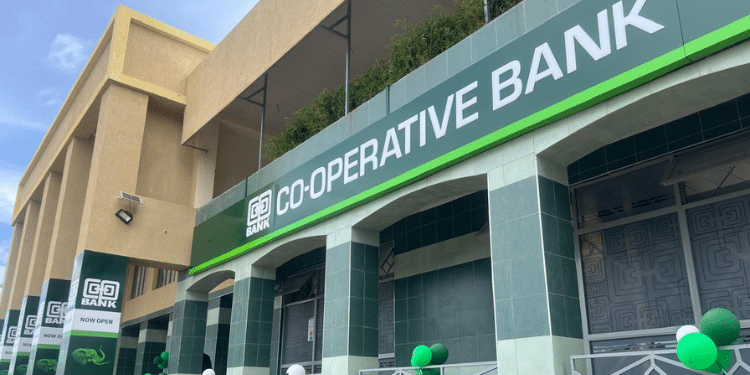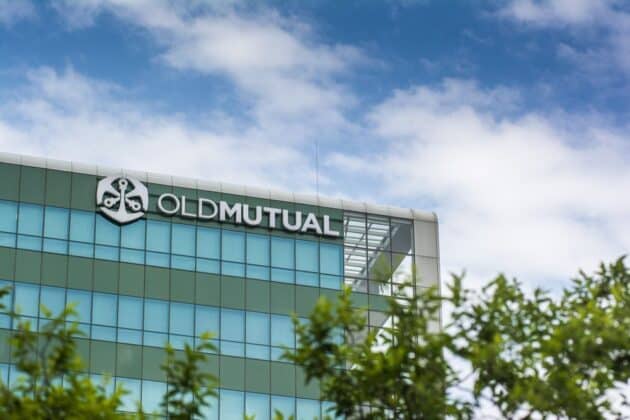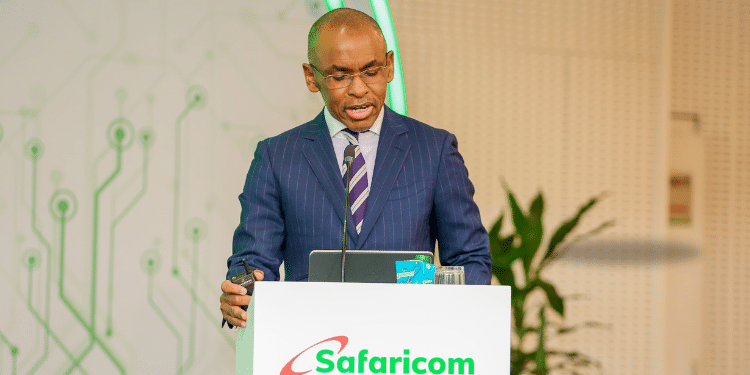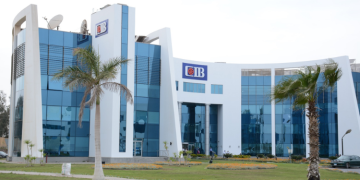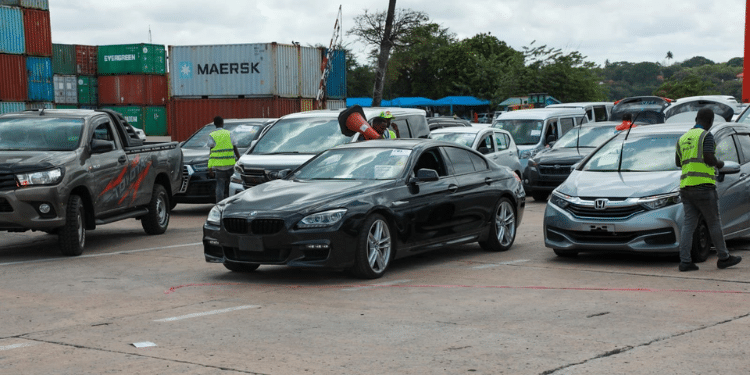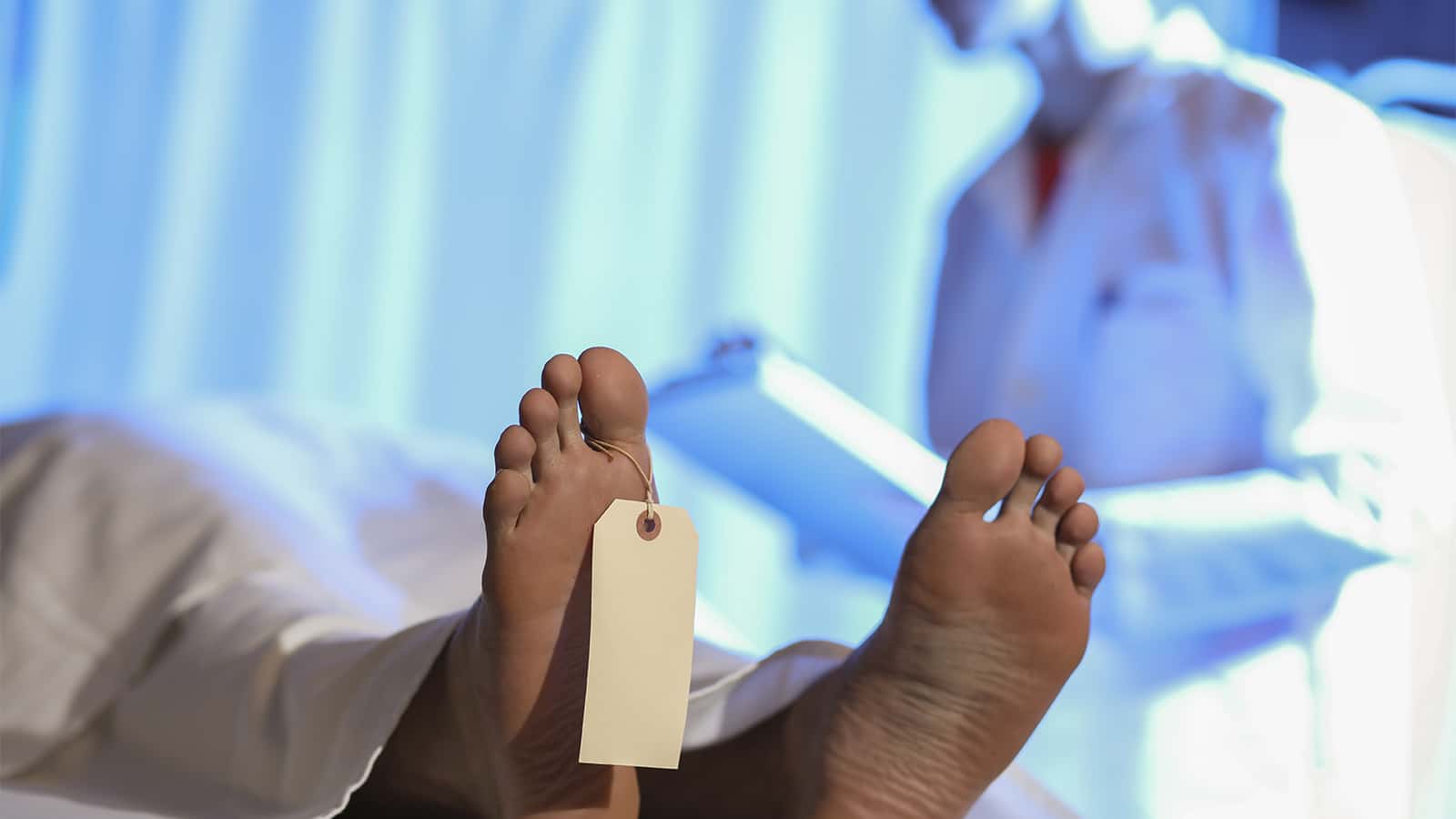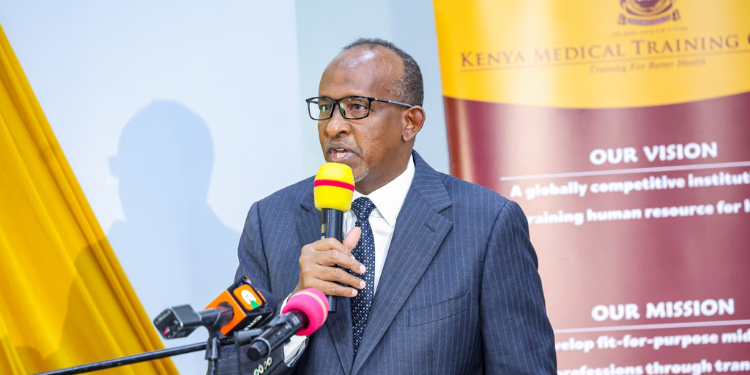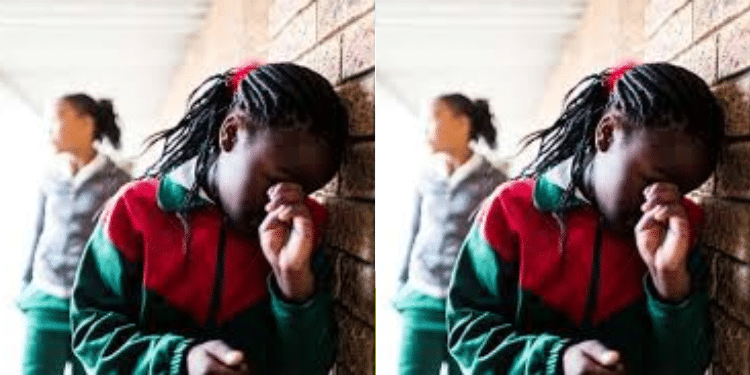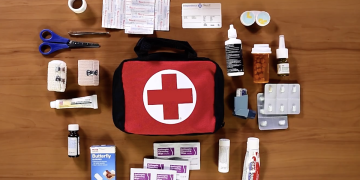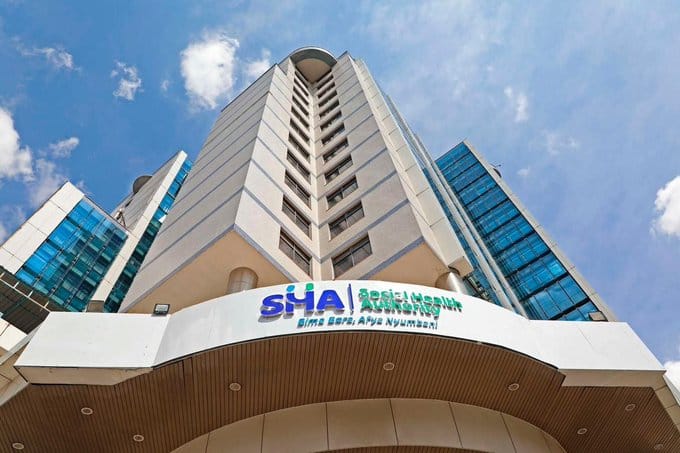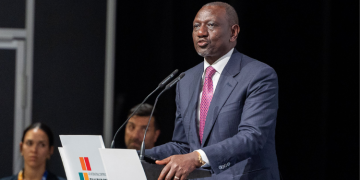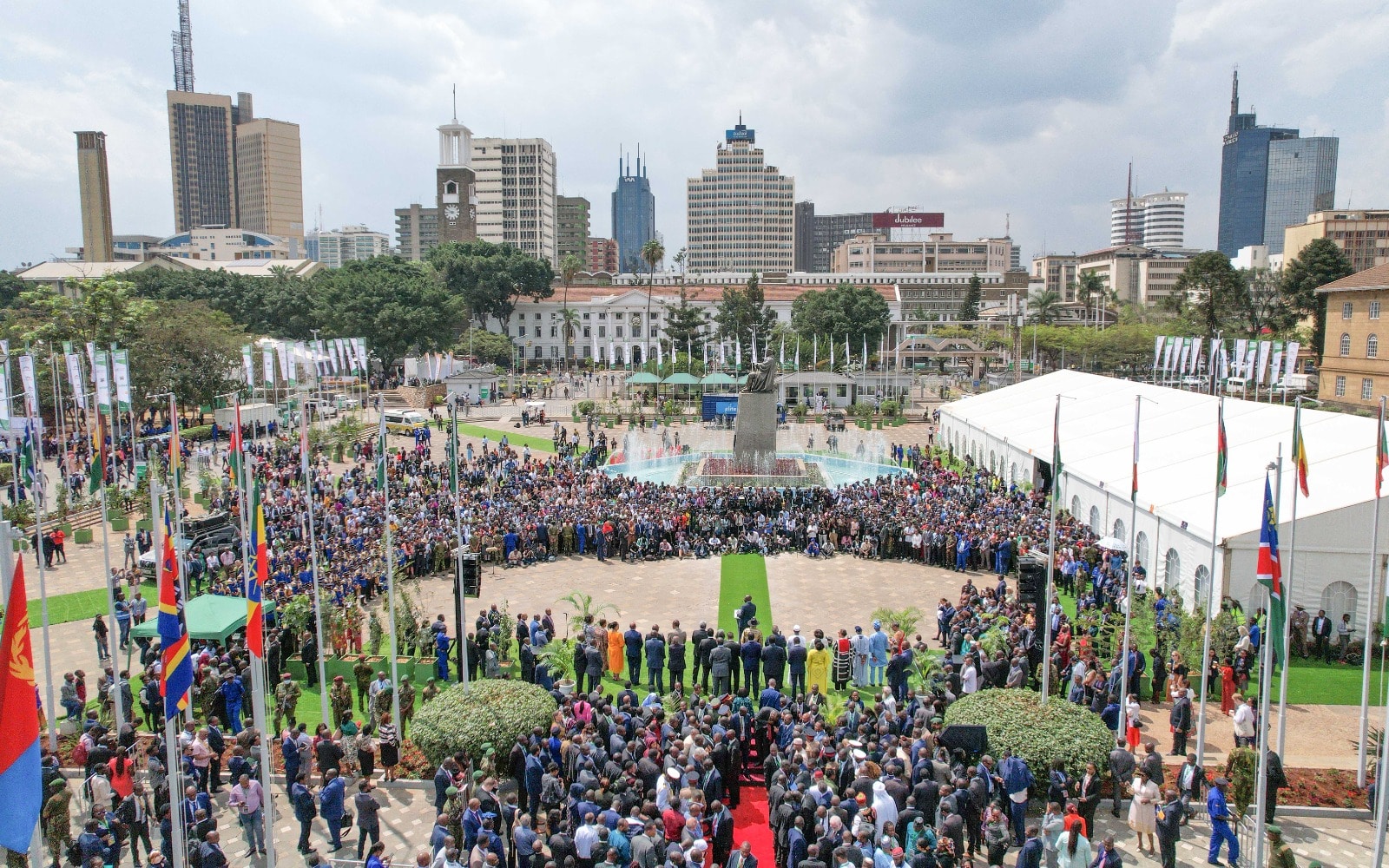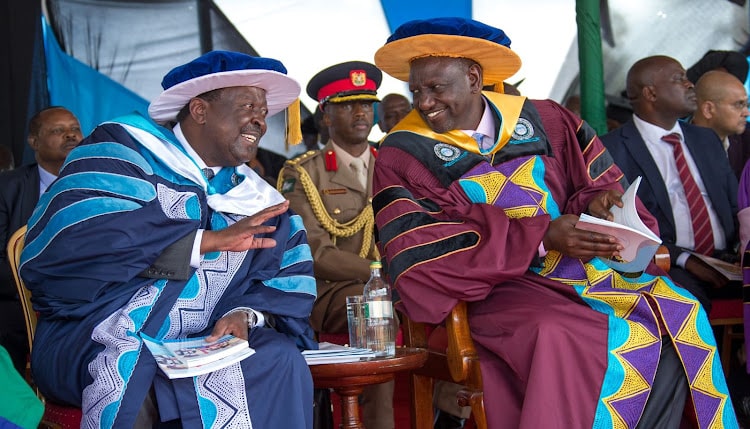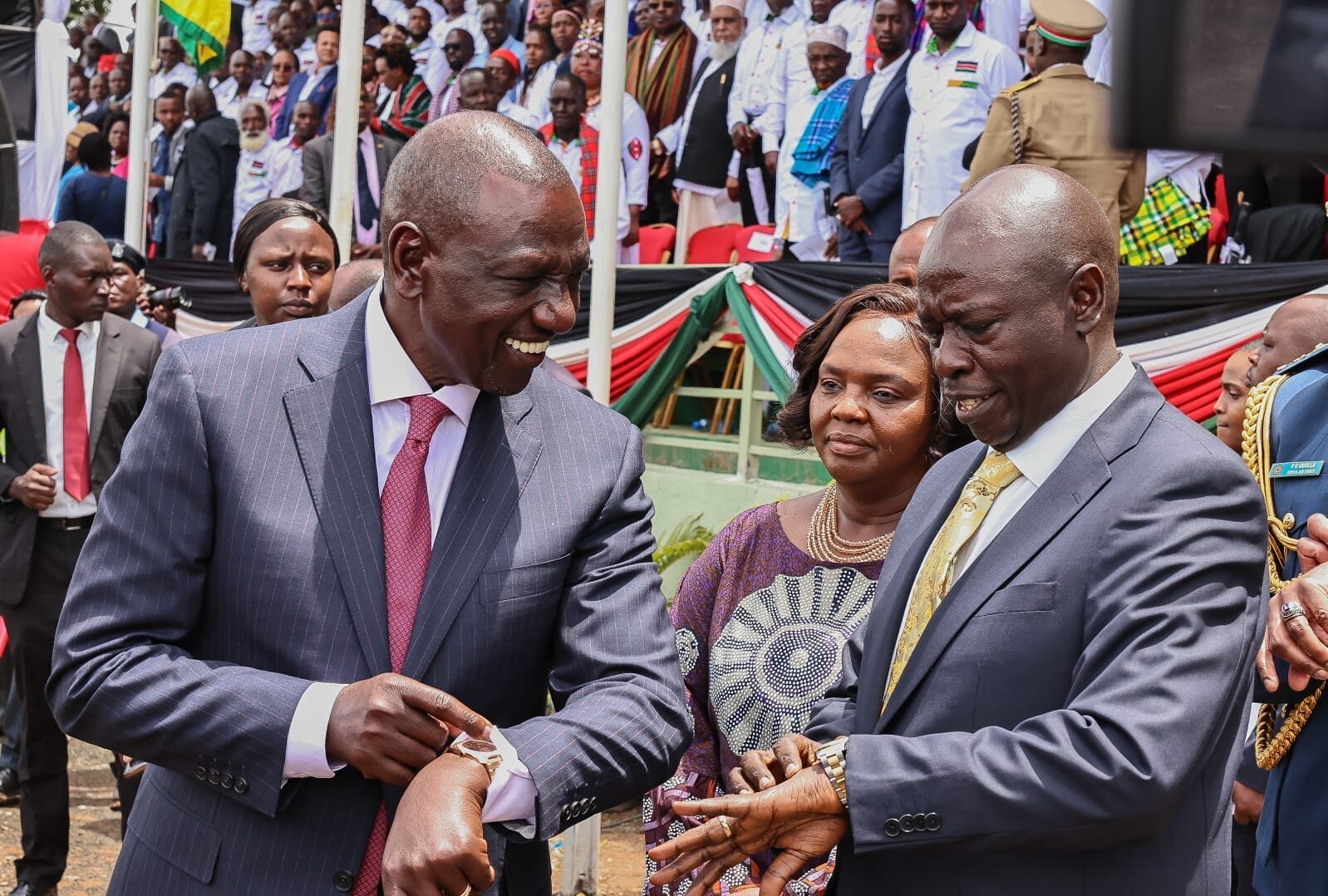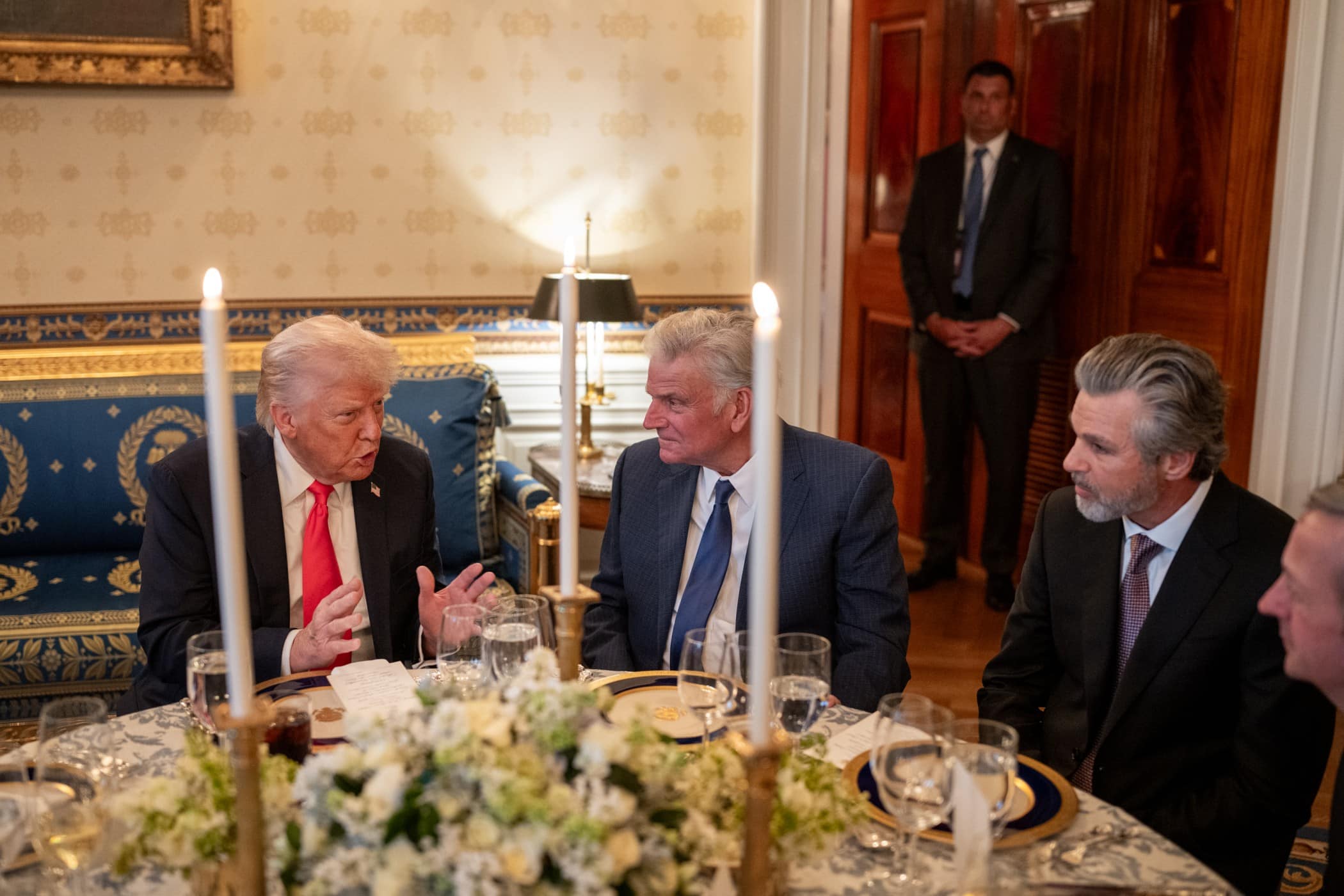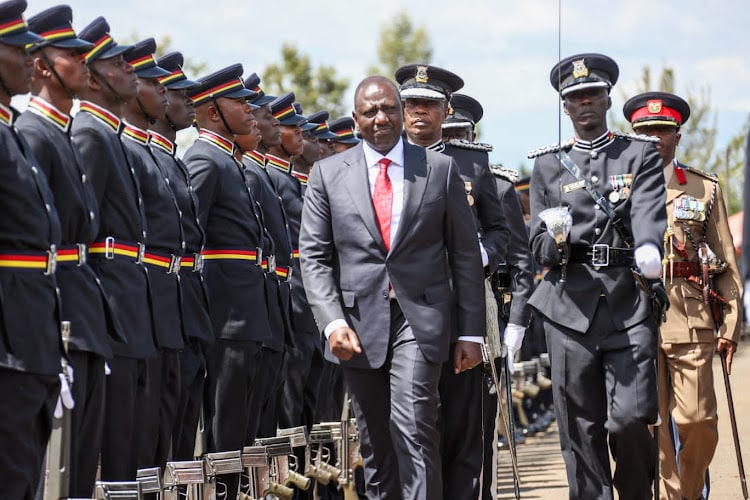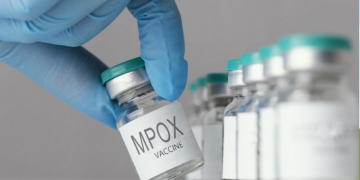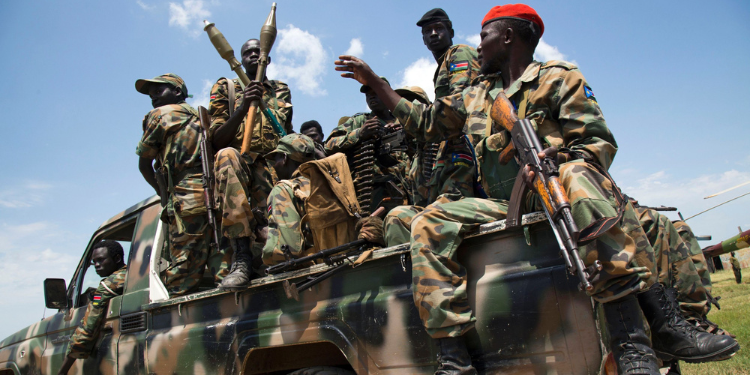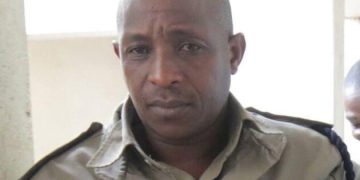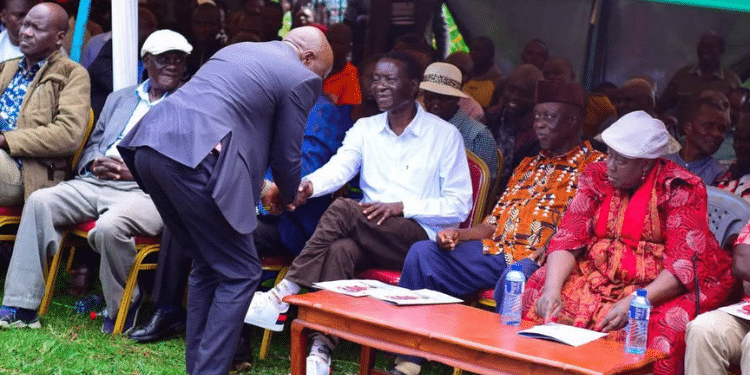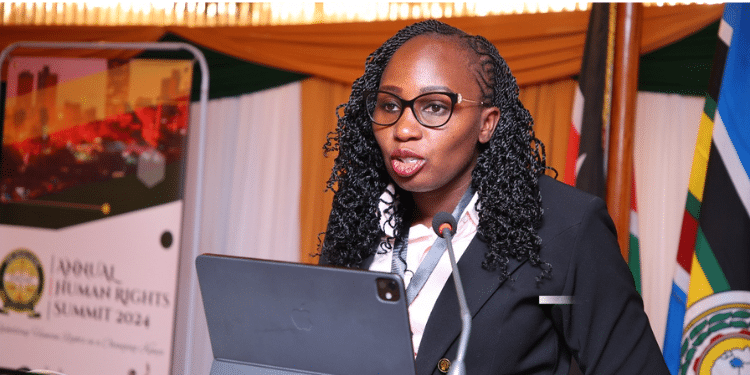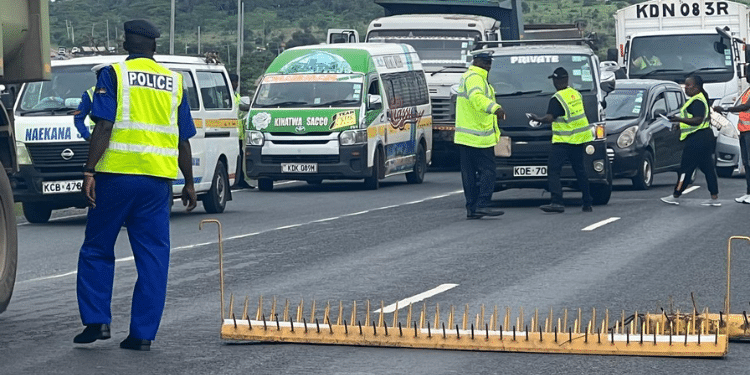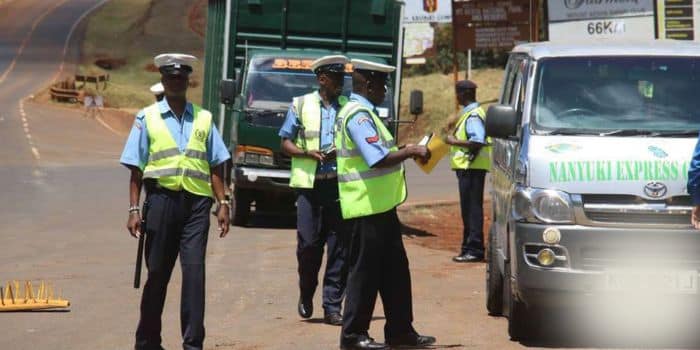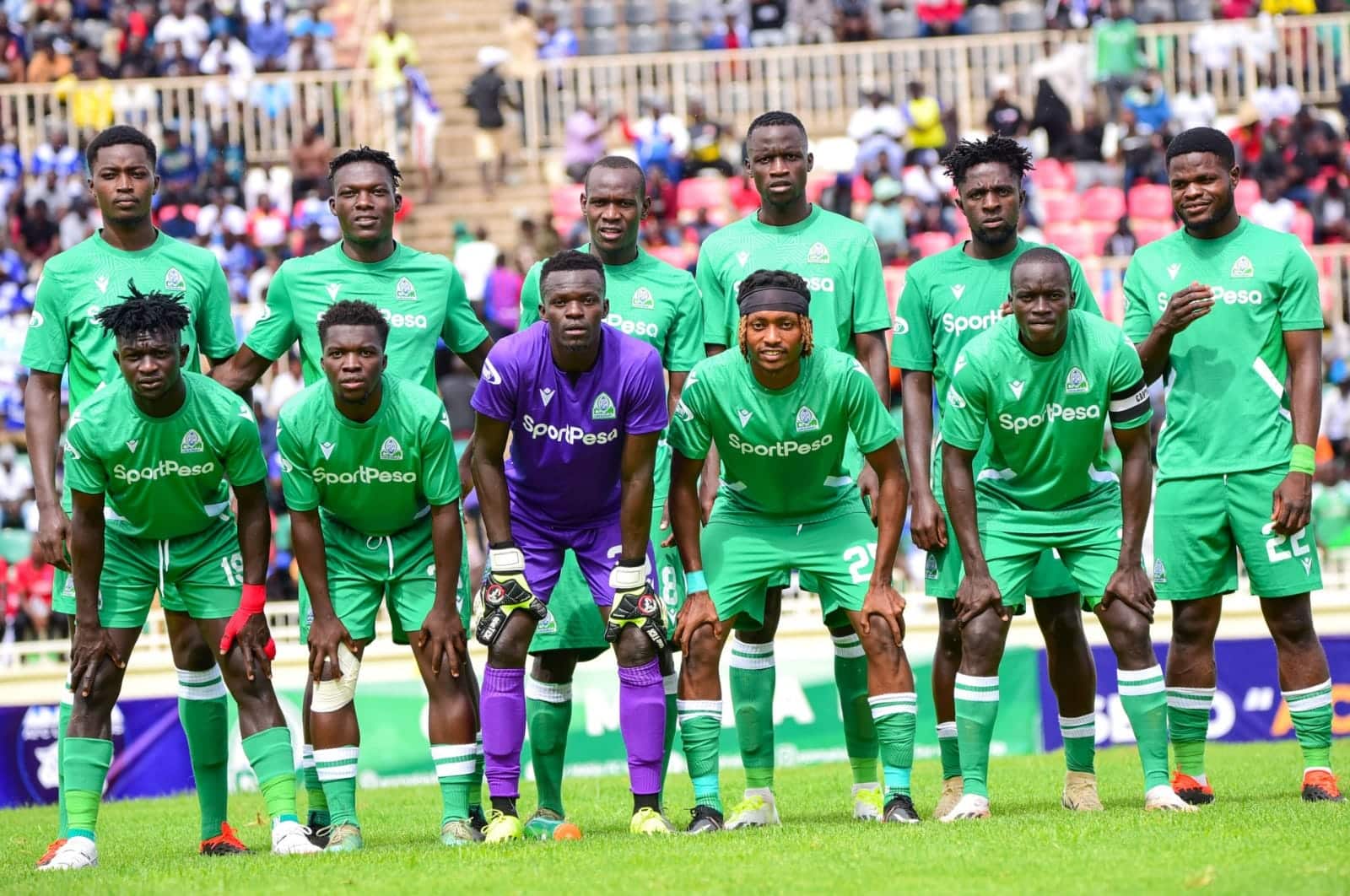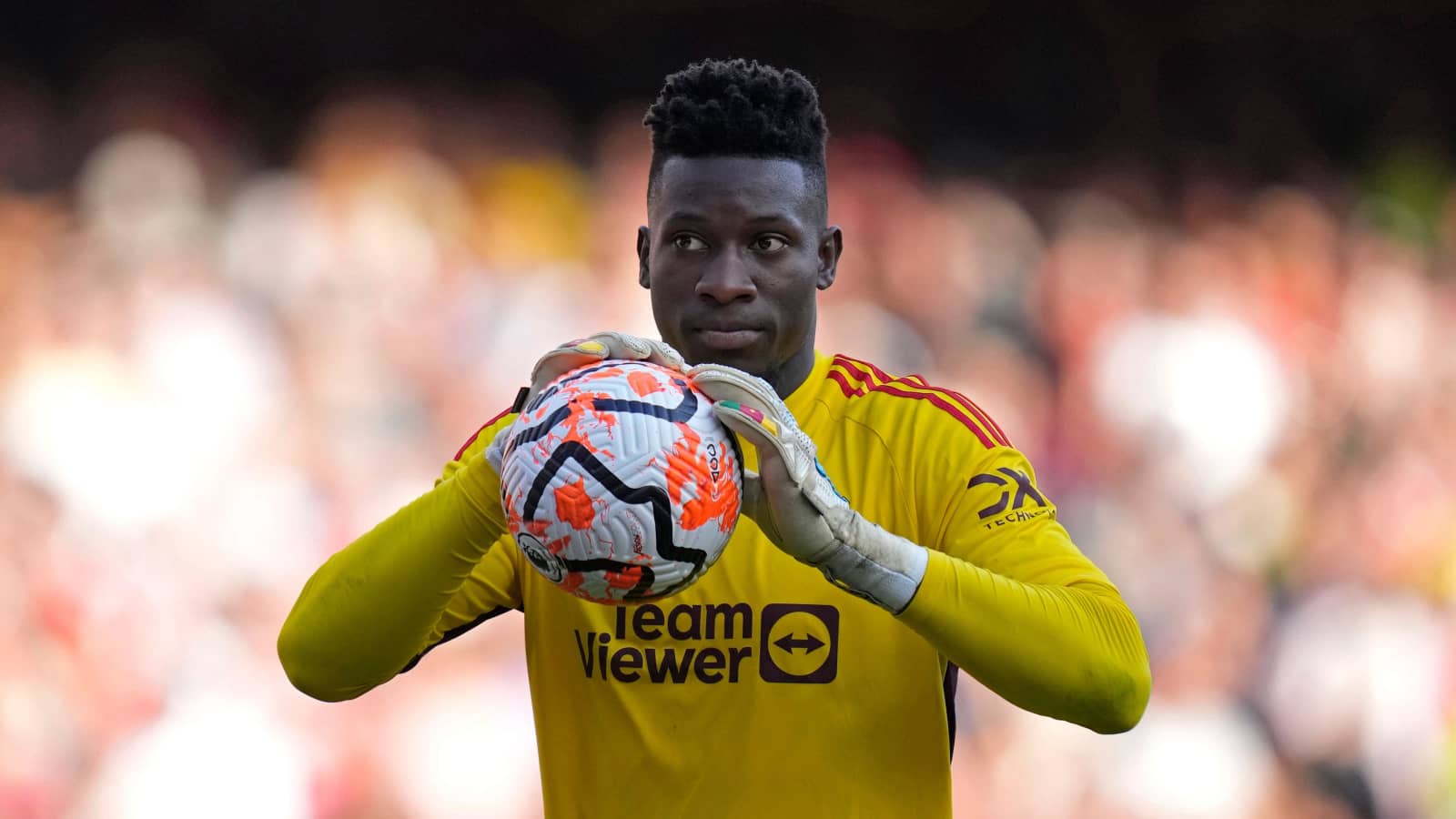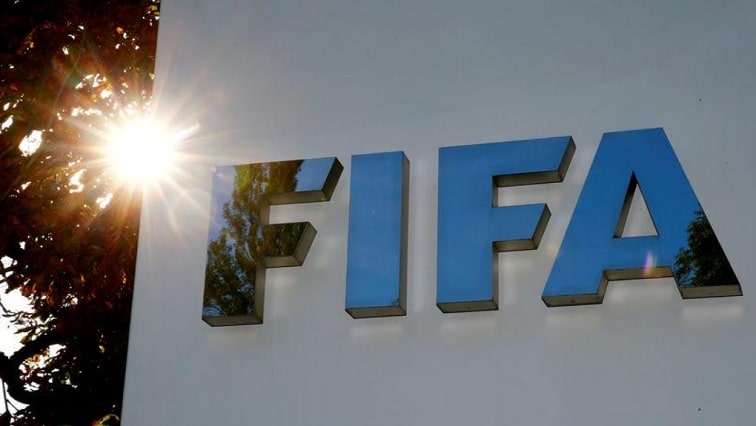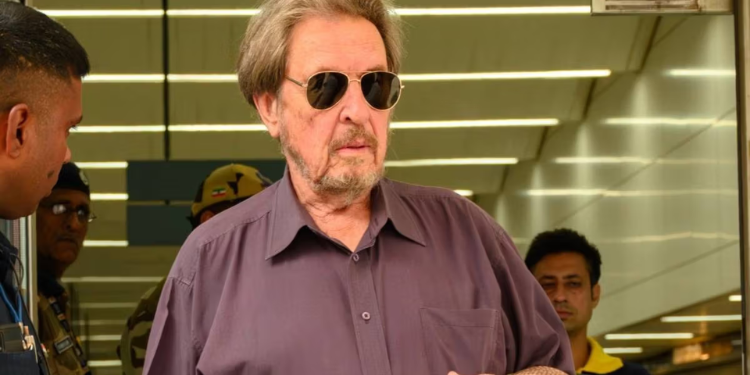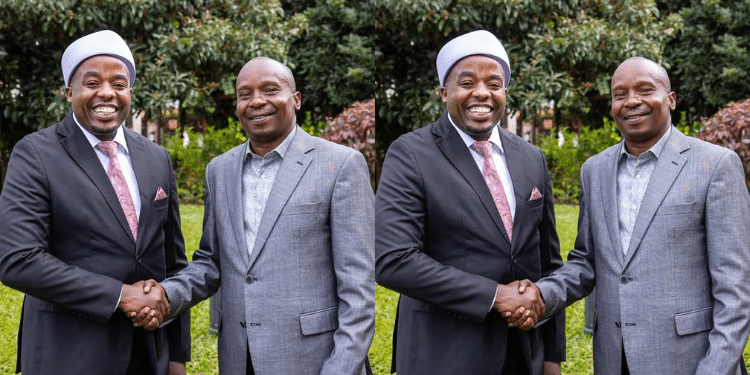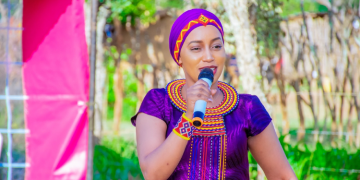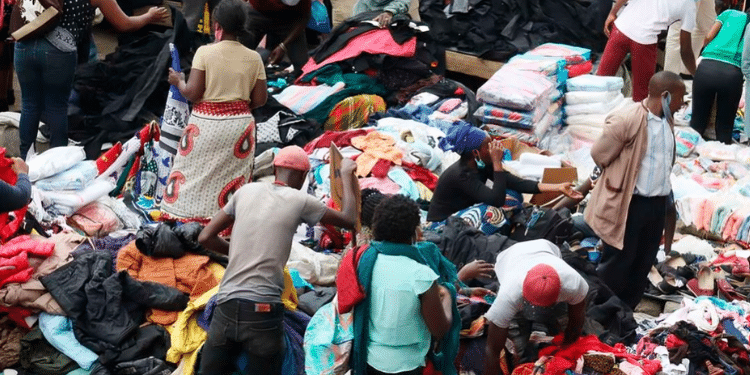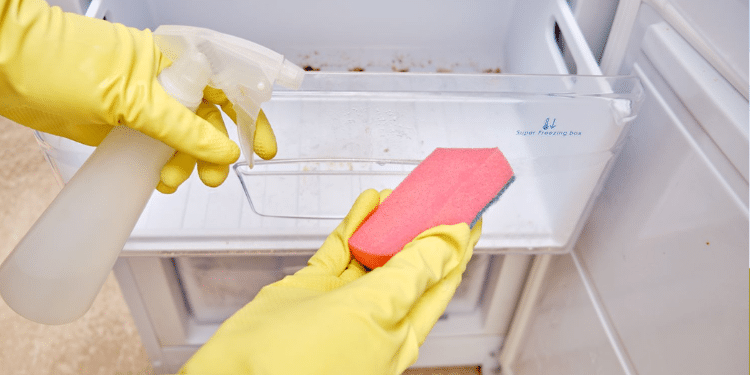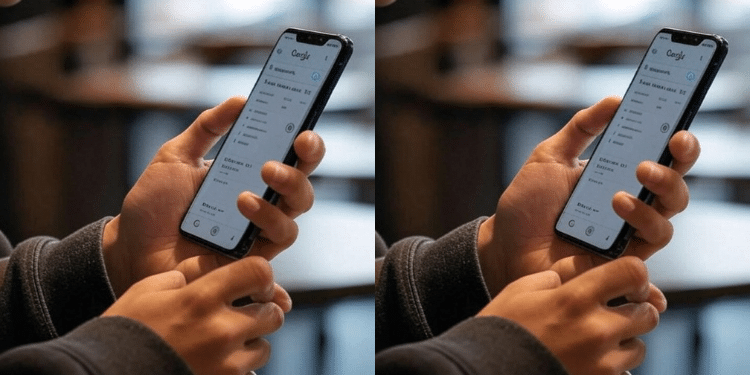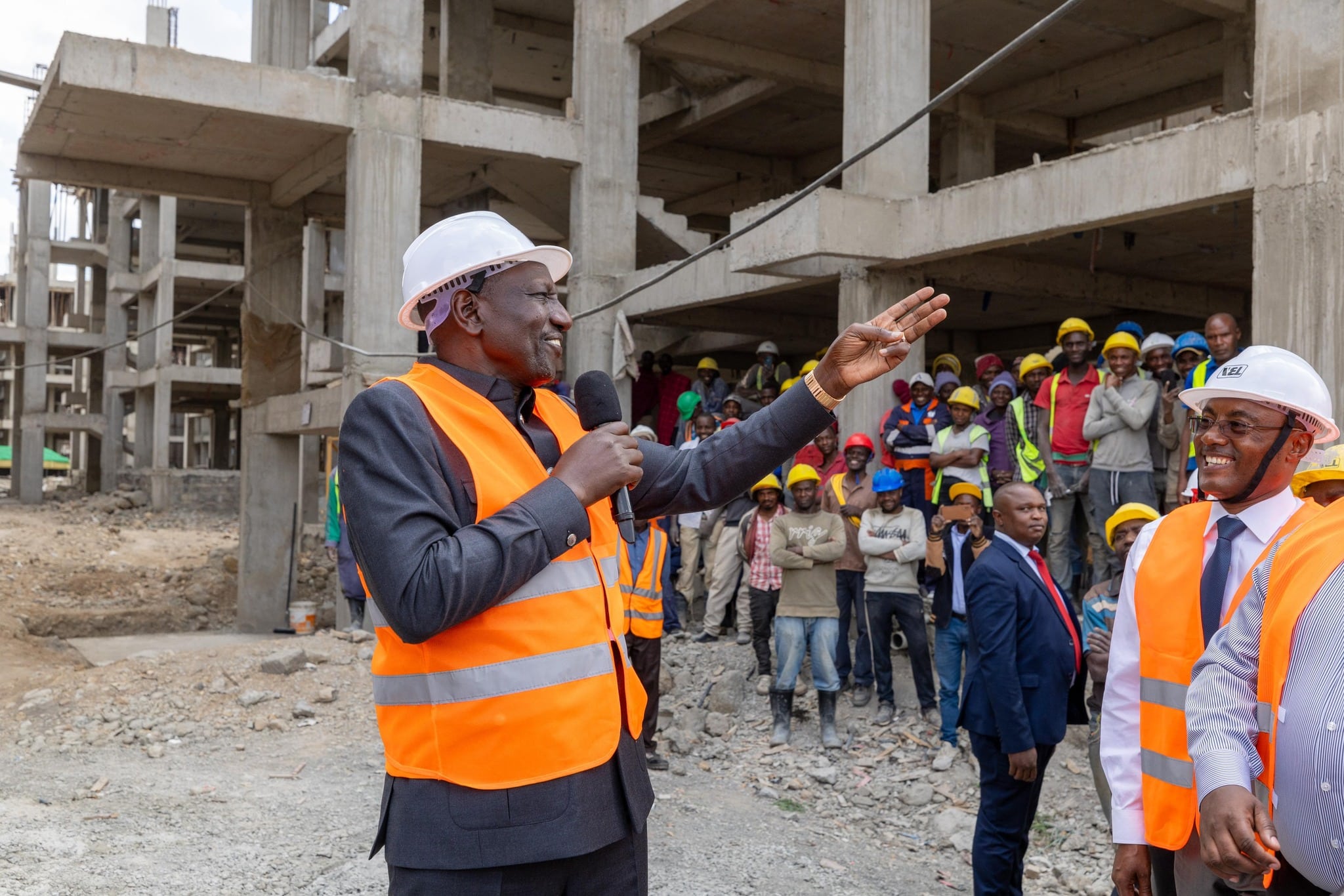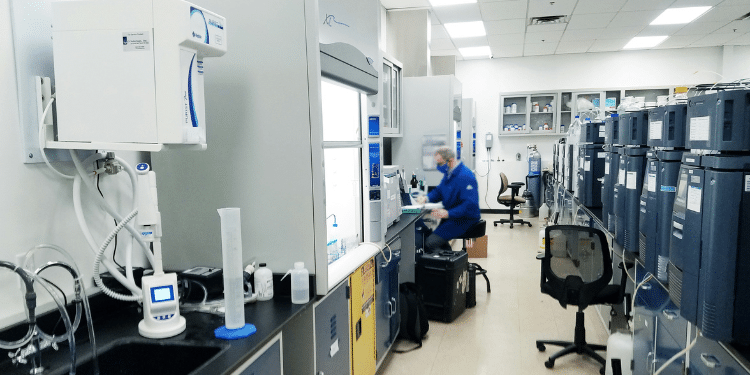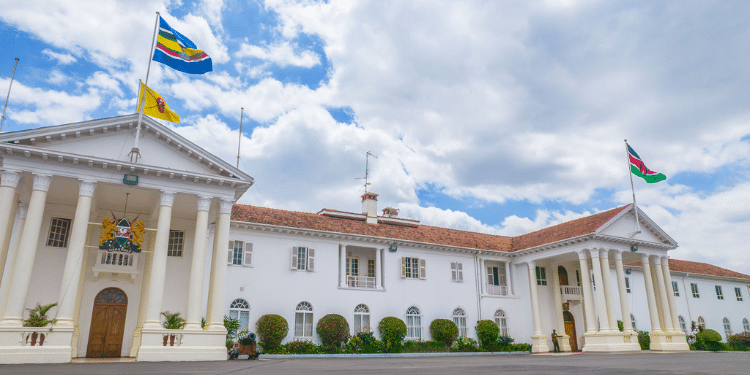Twelve people were arrested while attempting to breach security at State House Nairobi on Monday, March 10, 2025.
Reports indicate that the group consisted of youth who were arrested by the recce police officers.
The elite security team acted swiftly, preventing any unauthorized access to the highly protected premises.
Witnesses said the authorities overpowered the suspects and arrested them after a tense confrontation.
The security agencies or State House communications team have not disclosed the identities or motives of the individuals involved.
Preliminary investigations are underway to establish the suspects’ intentions.
However, security agencies have assured the public that there was no immediate threat and that measures remain in place to safeguard the country’s most critical installations.
Authorities said about 300 people stormed outside State House Nairobi wanted to meet President William Ruto for lunch.
Police said the group consisted mostly of youth from slums near Eastleigh and Industrial area in Nairobi.
They are alleged to have harassed and robbed motorist and pedestrians outside State House gate A for several minutes before police arrived to disperse them.
State House & Other Protected Areas
There are laws governing State House as well as other important buildings in Kenya under the Kenya Protected Areas Act.
The Act protects the following areas in Kenya include State House, Nairobi; State House, Mombasa; State Lodge, Kisumu; State Lodge, Sagana, Nyeri; State Lodge, Eldoret; and State Lodge, Nakuru.
Other protected areas include Kenya Army headquarters and all other barracks across the country, Kenya Navy Headquarters and Mtongwe Jetty in Mombasa District, and Kenya Naval Base in Mombasa Mainland South.
The Criminal Investigations Department Headquarters on Milimani Road in Nairobi, all National Youth Service Camps, the Central Firearms Bureau on Ngong Road in Nairobi Area, and The Kenya Medical Research Institute (KEMRI) in Nairobi are also protected under the Act.
Additionally, all police headquarters, motor transport workshops, training centers, dog sections, depots, and presidential escort sections feature in the list of protected areas.
There are strict measures to prevent unauthorized entry into these areas and ensure public safety and order.
Also Read: Story Behind Sir Herbert Baker’s Construction of State House Nairobi
Laws Governing Protected Areas & Punishment
The Act states that “no person shall be in the specified areas without permission of the prescribed authority or the Cabinet Secretary for Interior and Co-ordination of National Government.”
It directs the Interior CS to ensure special precautions are taken to prevent the entry of unauthorized persons into the listed areas.
“Where, in pursuance of section 3, any person is granted permission to be in a protected area, that person shall, while acting under such permission, comply with such directions for regulating his conduct as may be given by the prescribed authority or person granting the permission, or by the police officer in charge of the premises.”
Also Read: State House & Other Govt Protected Areas, Penalties for Forceful Entry
The Act also authorizes security officers to search people, vehicles, and containers entering or leaving protected areas.
According to the Act, anyone found in a protected area without authorization or failing to follow directives while lawfully present may be removed by a police officer or an authorized individual, in addition to facing legal action.
Besides, any person in a protected area who fails to stop after being challenged twice may be arrested.
Any person who fails to comply with any direction given by the Protected Areas Act shall be guilty of an offence and liable to imprisonment for a term not exceeding two years or to a fine not exceeding five thousand shillings, or to both such imprisonment and fine.
Follow our WhatsApp Channel and join our WhatsApp Group for real-time news updates.




